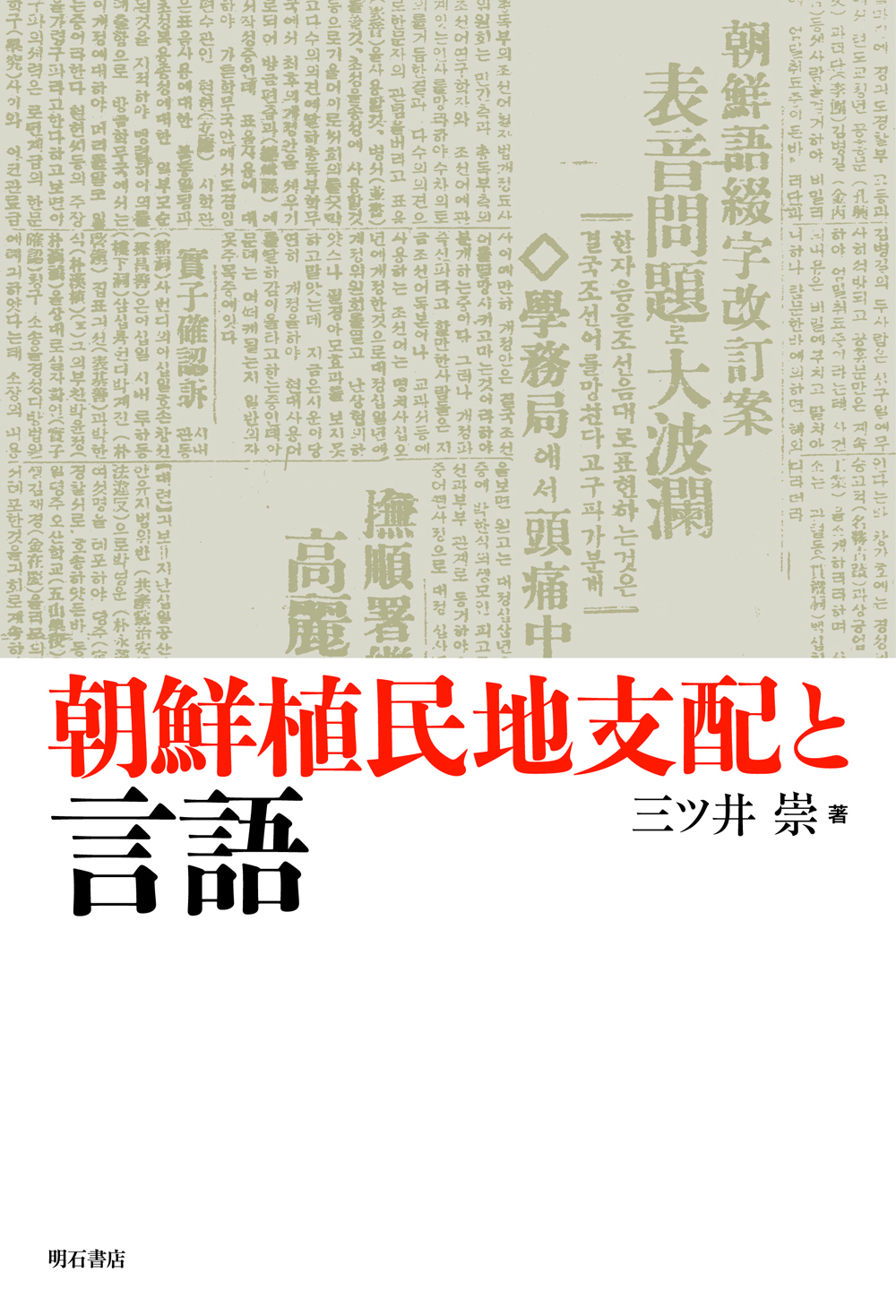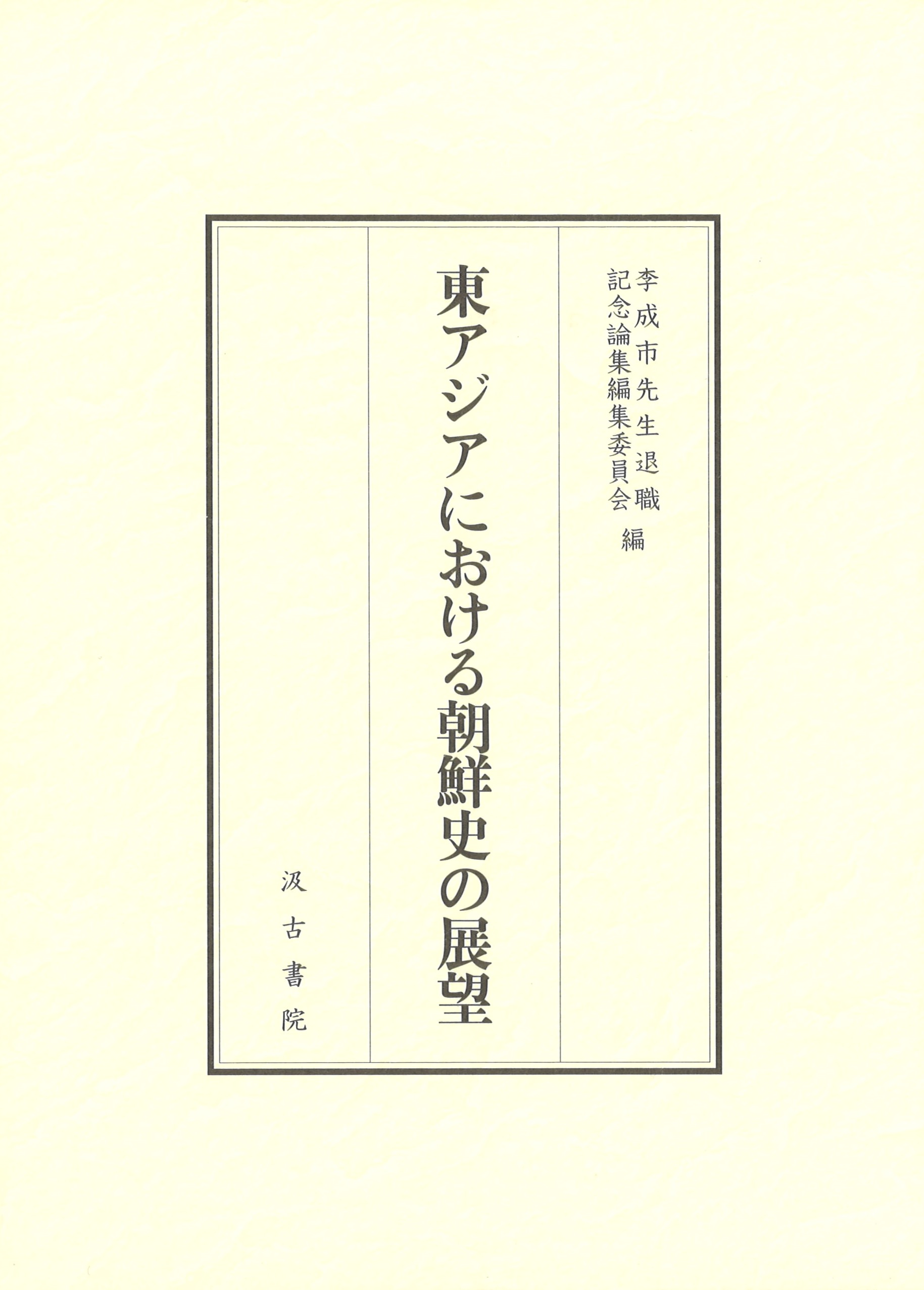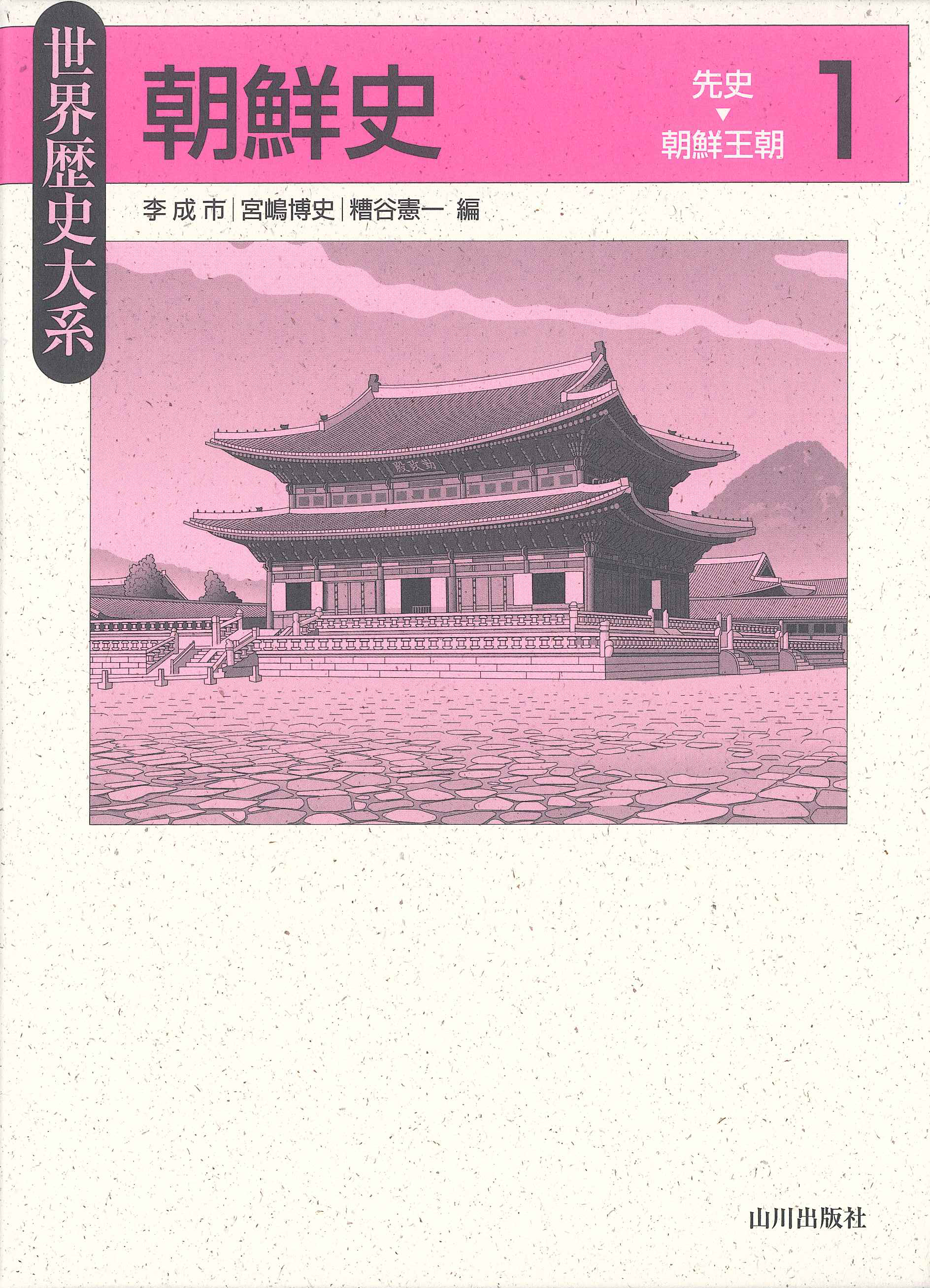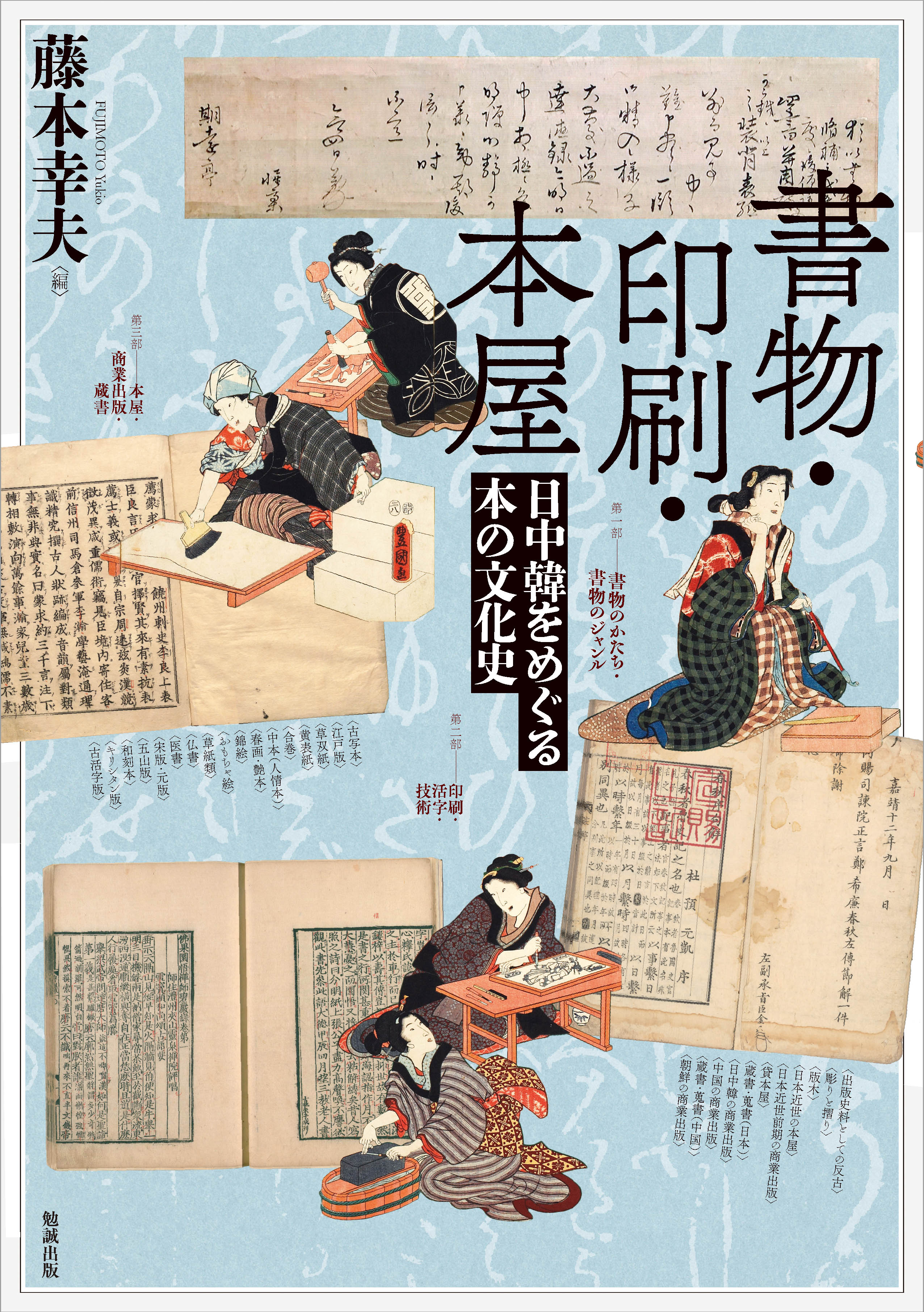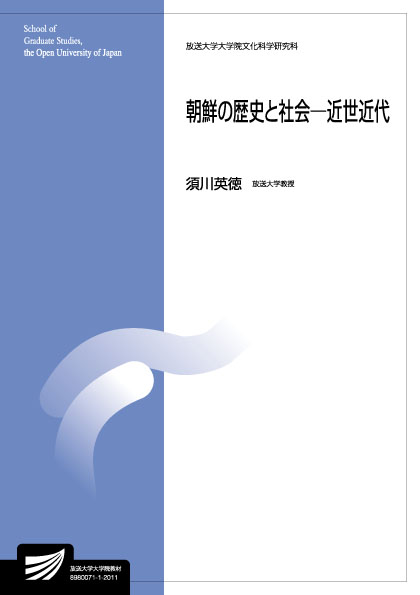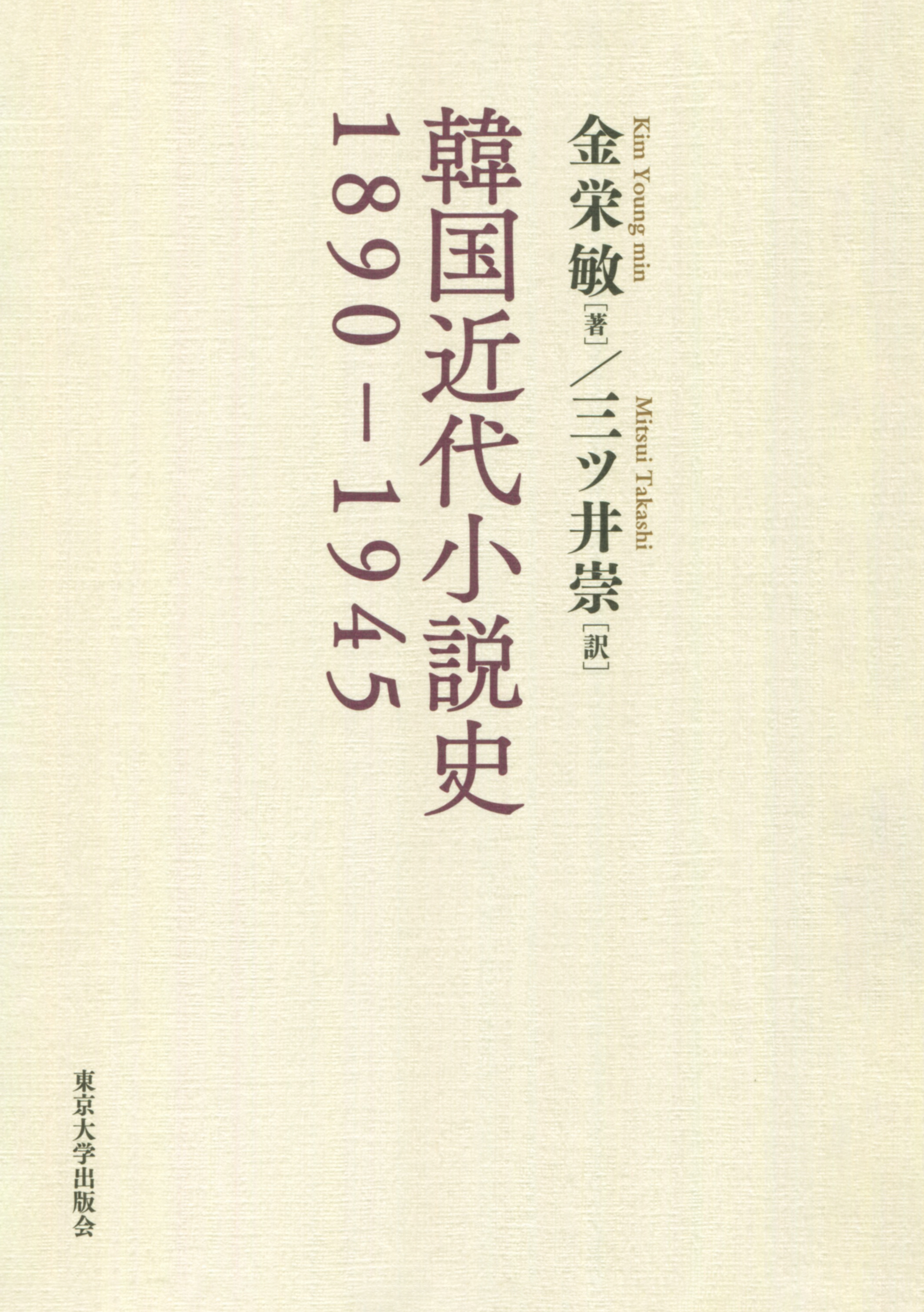
Title
Kankoku Kindai Shosetsu-shi 1890-1945 (The History of Modern Korean Novels, 1890–1945)
Size
432 pages, A5 format
Language
Japanese
Released
August 25, 2020
ISBN
978-4-13-086060-4
Published by
University of Tokyo Press
Book Info
See Book Availability at Library
Japanese Page
This book is a Japanese translation of a book by Kim Yŏngmin, a South Korean scholar of Korean literature, the original title of which is The Formation of Literary Institutions and the National Language and Modern Korean Literature (1890–1945) (Seoul: Somyung Publishing, 2012). While the title of the Japanese translation is The History of Modern Korean Novels, it may differ somewhat from the general image of a “history of the novel.” Rather than taking the genre of the “novel” in modern Korea for granted, it repositions the novel in modern Korea by paying attention to changes in its institutions (media, writers, readers), language (orthography, writing styles), and modes (concept of “novel,” narrative patterns) and their development and taking the historical background into account.
As Korea transitioned to a modern society, the nature of its narrative literature also changed. There were various factors behind these changes, including the official use of the Korean alphabet (Hangŭl), the social issue of education for the purpose of modernization, the birth of media (newspapers, magazines) to act as receptacles for the above, the use of authors’ real names and the establishment of copyright, and the formation of modes of participation by readers. It was in conjunction with these developments that the “novel” took root. Particular importance is generally attached to the elements of the evolution of the media and the choice of language and script (Korean and Hangŭl) in the establishment of the “novel” in a modern sense, and this book explains in detail the process that led there, including transitional circumstances.
It is the questions of language and script that are regarded as especially important in this book. The modern period in Korea was a time when the language of publishing changed from the premodern official language (Classical Chinese) and writing script (Chinese characters) to Korean and Hangul. But at the same time, against the background of the penetration of Japanese influence, it was also influenced by the Japanese language and its syllabic scripts (kana). In this multilingual state of affairs various forms of orthography and writing styles evolved. In addition, in the process of changing the status of vernacular language to national language, the writing style of novels also underwent changes. This posited a relationship with readers concerning which of the variations were suitable for the general reader. The “novel” evolved on the basis of such difficulties and much searching. Having evidentially elucidated the course of these developments, the author views the formation of the full-length novel as an important stage in the establishment of the “novel” in Korea.
The question raised by this book is “What was the ‘modern age’ in the history of literature, especially the history of the novel, in Korea?” When speaking of the “modern novel,” it is often the Western-style modern novel that is assumed to be at issue, but what is important here is that this book does not posit a priori the modern age in the West and instead reconsiders the novel in the context of the history of Korean literature. I believe that this undertaking, based on the use and analysis of a wide range of materials, opens up possibilities for rethinking the establishment of the modern novel in the context of East Asia, not just in Korea but also in Japan and China.
(Written by MITSUI Takashi, Professor, Graduate School of Arts and Sciences / 2022)
Related Info
Kim Yŏngmin “The Formation of Literary Institutions and the National Language and Modern Korean Literature (1890–1945)” (Seoul: Somyung Publishing, 2012)



 Find a book
Find a book


 eBook
eBook